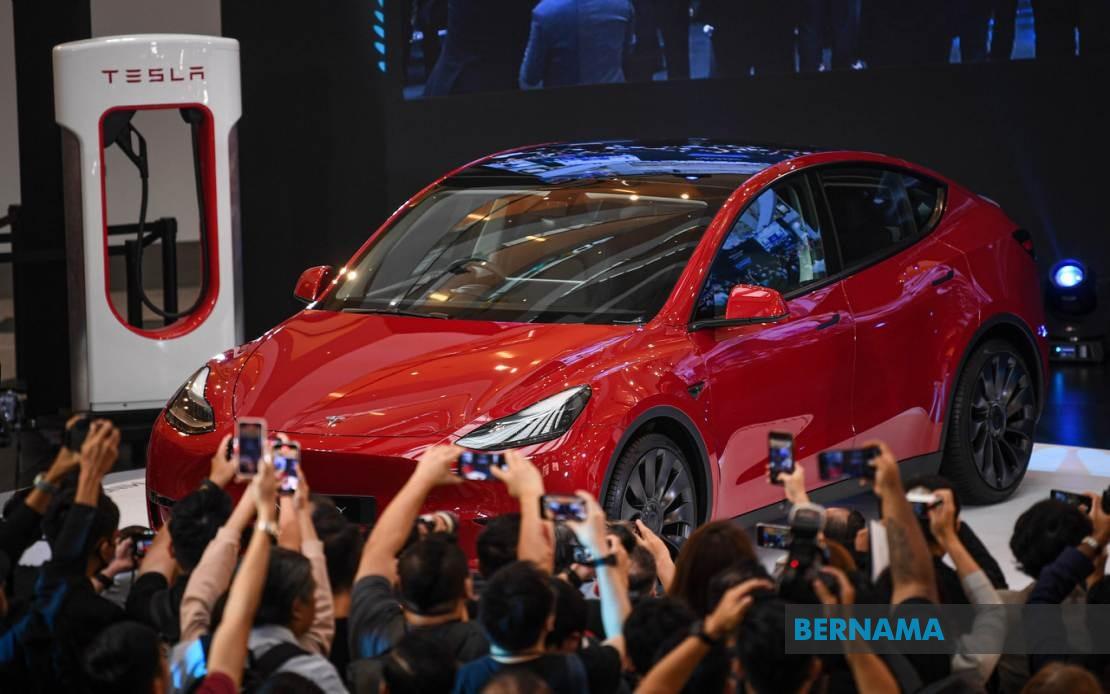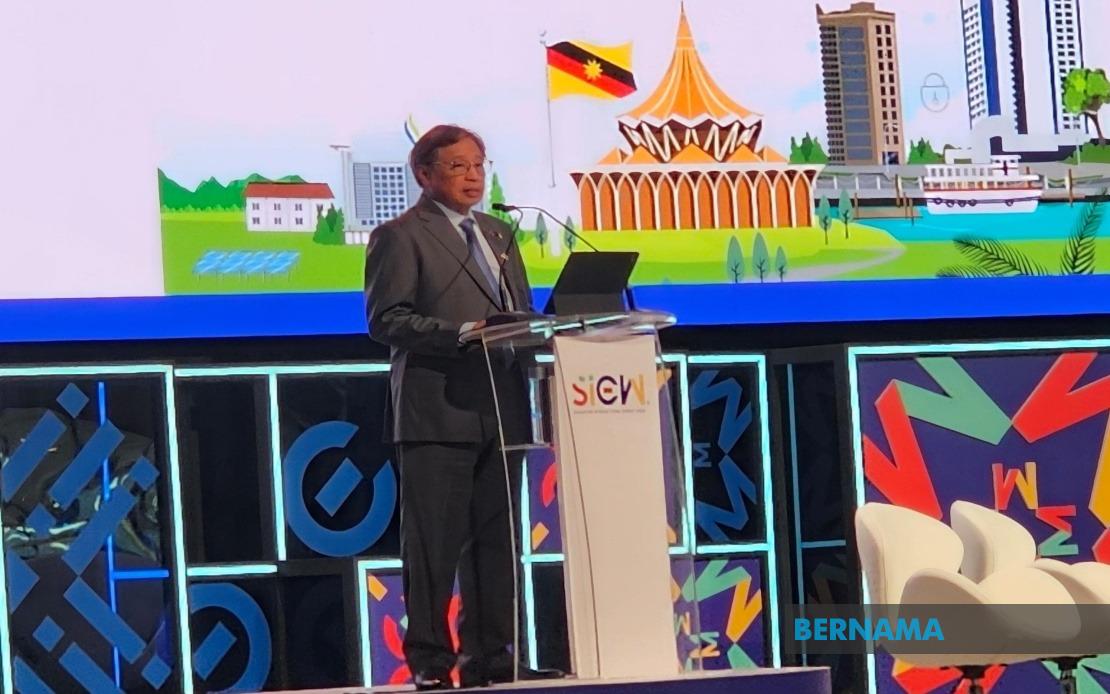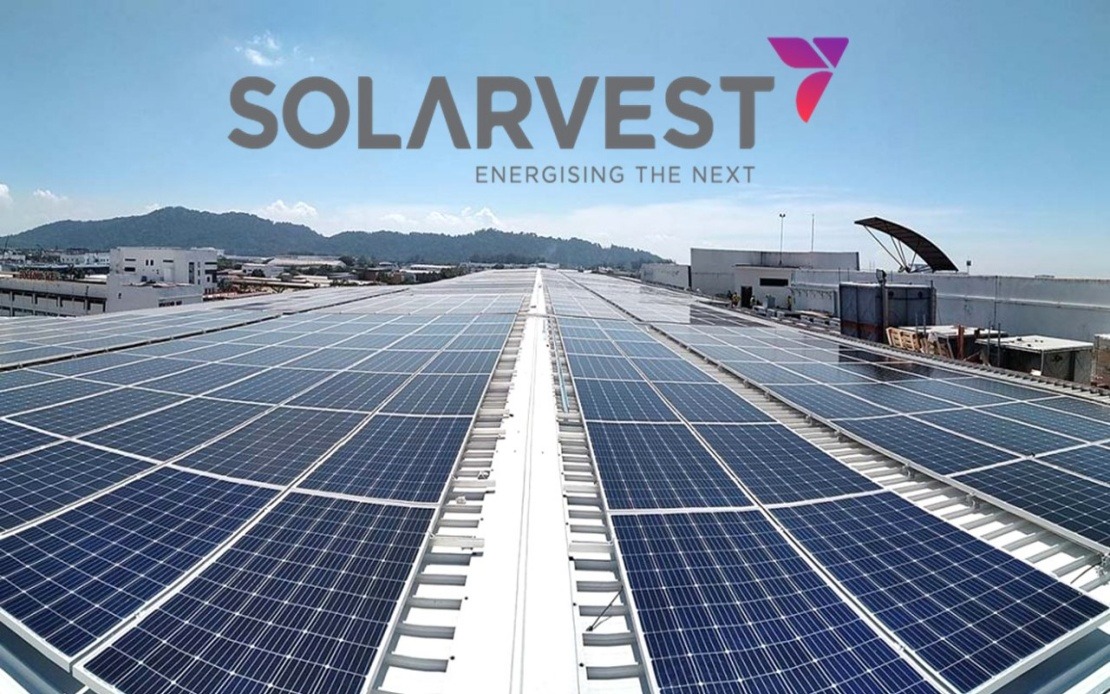News
Malaysia On Track To Be Electric Vehicle Powerhouse In Southeast Asia

By Zairina Zainudin
KUALA LUMPUR, July 24 (Bernama) -- Malaysia is on the right path to become an electric vehicle (EV) powerhouse in Southeast Asia with the government aggressively promoting a conducive EV ecosystem, supported by strong business commitment shown by two world-renowned automotive companies, Geely and Tesla.
Malaysian Automotive Association president Mohd Shamsor Mohd Zain said the entry of China’s Zhejiang Geely Holding Group Co, or simply Geely, and United States (US)-headquartered Tesla Inc into the Malaysian market serves as a clear indication of the country’s relevance in the regional automotive landscape.
He said the two auto makers, with their vast global experience and access to leading technologies, could introduce new ideas and ways of doing businesses to the local automotive sector, such as high-tech research and development (R&D) in new products that might not be currently available in the country.
“For example, electrification means a change in vehicle components, with more focus given to battery manufacturing and other specialised components for EVs.
“We would also see the industry adopting new skillsets and infrastructure suited to varying degrees of electrification -- from mild hybrids to fully electric vehicles -- besides reskilling or upskilling the automotive workforce, whilst opening up new opportunities for innovation, R&D and high-value manufacturing of components,” he told Bernama.
He added that with the right government support, infrastructure and policies in place, Malaysia is well positioned to be a regional hub supporting the global growth of EVs given its strategic positioning and favourable economic conditions.
Malaysia is a major electrical and electronics manufacturing hub in Southeast Asia; therefore, he said, automakers and automotive investors can seamlessly leverage on this capacity to secure their supply chains for growing their production of next-generation vehicles (NxGVs).
The components sub-sector can be capitalised on to service the whole automotive value chain, covering semiconductors, sensors, automotive electronics, transceivers, batteries, and vehicle assembly.
Building a critical mass
Mohd Shamsor said with more than 40 brands in the domestic market currently, the entry of new players would undoubtedly add greater excitement to the market and generate more interest among consumers.
Besides, it would also create a buyer’s market by providing more choices and increasing competitiveness, keeping all automotive players on their toes and resulting in better services and offerings for consumers.
“Malaysia may be new to the EV industry, but with the solid support of the current government and progressive national policies coupled with fast-growing consumer uptake, we foresee rapid holistic growth in our local EV market.
“New players in the EV space will lead to greater competition, which in turn will spur more investments from automotive players and improvements in the quality of products and services offered,” he pointed out.
Additionally, Mohd Shamsor said, with more EVs, including the completely knocked down models, coming into the country, there would also be new business opportunities for the vendors.
Meanwhile, Icats University College pro vice-chancellor Prof Datuk Dr Shazali Abu Mansor said EV is still considered as a niche market for the domestic automotive landscape, and that strong demand and supply are equally important for the industry to penetrate the Malaysian market at a meaningful rate.
He said as Malaysia manages its competitive advantages according to world standards, major adjustments in the structure of employment, tax, and subsidy allocation are inevitable in the journey towards creating critical mass.
“In some prominent EV countries, carbon tax is implemented to encourage both consumers and manufacturers to shift towards more environment-friendly vehicles.
“Malaysia used to be an agriculture and commodity-based country, but now the economy boasts robust manufacturing and service sectors, and is going to be a high-tech nation by 2030. We must move on and make way for new changes,” he reckoned.
Tanjung Malim is ‘Detroit’ in the making
Geely and its Malaysian partner, DRB-Hicom Bhd, have announced plans to develop an Automotive High-Tech Valley (AHTV) in Tanjung Malim, Perak, as Malaysia’s next-generation vehicle hub, covering the extensive automotive and mobility solutions value chain. It is expected to bring a collective investment of RM32 billion from various parties.
More recently, Prime Minister Datuk Seri Anwar Ibrahim announced on July 18 that Geely would invest a whopping US$10 billion, or approximately RM45 billion, to turn Tanjung Malim into the region’s largest auto city.
Shazali said Geely’s latest commitment would create a tremendous spillover effect for not only Tanjung Malim but the country at large, contributing to an increase in productivity and efficiency.
“The technology transfer from China will be enormous, spinning off to other related industries as well, thus contributing to Malaysia’s competitiveness in the world,” he said.
With the massive investment in Tanjung Malim, it can be like Detroit in the United States, which is nicknamed “Motor City”. “They will not only create job opportunities but also different classes of skilled jobs,” he reckoned.
Investment, Trade and Industry Minister Tengku Datuk Seri Zafrul Abdul Aziz previously said AHTV is the only automotive cluster in Malaysia to be officially recognised as an NxGV and energy-efficient vehicles (EEV) hub.
Hence, the government is offering an attractive incentive package, including tax exemptions for land development, the manufacture of parts and components, and the establishment of research centres and educational institutions, he said.
Potential for Malaysia-made EV car
Mohd Shamsor said Malaysia has a healthy domestic automotive market that promises growth prospects in terms of sales, while its industrial track record in the same sector strategically positions the country as a potential regional hub for production and assembly of new vehicle types.
“Today, countries worldwide are pursuing electrification of transportation to the best of their abilities. For a country like Malaysia, which has long believed in pursuing a localised automotive identity, we too are on the point of a major change in electrifying both personal and commercial transportation,” he said.
Shazali opined that as Tesla expands its presence in Southeast Asia, the US-based maker would eventually look at opening a regional manufacturing hub, whereby Malaysia could have a huge advantage as Elon Musk’s company is set to establish headquarters in Cyberjaya, as well as a network of Tesla superchargers, Tesla Experience centres and service centres in the country.
In his view, the technology and skilled-job opportunities created through overseas expansion into Malaysia -- not just limited to Tesla but other EV makers as well -- would strengthen the country’s capacity and capability in the automotive sector so that it can potentially build and design its own EV car in the future.
“Look at Proton’s history. It started as a rebadged car assembler and has grown into a manufacturer that makes its own models. In the long run, we can manufacture our own EV car,” he added.
According to a report titled “Annual Update on the Global Transition to Electric Vehicles: 2022” by the International Council on Clean Transportation, the Association of Southeast Asian Nations (Asean) as a single market recorded sales of 39,000 EVs in 2022, up 165 per cent year-on-year.
Research by Counterpoint’s Global Passenger Electric Vehicle Model Sales Tracker revealed that Thailand accounted for 58 per cent of the passenger EV sales in Southeast Asia last year, followed by Indonesia (19.5 per cent), Vietnam (15.8 per cent) and Malaysia (2.6 per cent).
Malaysia is targeting to have 15 per cent of total industry volume (TIV) contributed by electrified vehicles -- EV and hybrid -- by 2030, and 38 per cent of TIV by 2040.
-- BERNAMA
Other News
Sarawak Lepasi Sasaran Kapasiti Gabungan Tenaga Boleh Baharu Tahun Ini - Abang Johari

Oleh Nur Ashikin Abdul Aziz
SINGAPURA, 21 Okt (Bernama) -- Sarawak mencapai 62 peratus sasaran campuran kapasiti tenaga boleh baharu (TBB) tahun ini, melepasi sasaran 60 peratus yang digariskan dalam Strategi Pembangunan Pasca COVID-19 (PCDS) 2030.
Sarawak Pacu Pertumbuhan Tenaga Boleh Diperbaharui Untuk Manfaat ASEAN - Premier

SINGAPURA, 21 Okt (Bernama) -- Sarawak komited menyokong peralihan tenaga boleh diperbaharui di Asia Tenggara dengan memanfaatkan potensinya sebagai "Bateri ASEAN," yang akan membekalkan tenaga bersih menerusi sambungan Grid Kuasa Borneo dan ASEAN.
Belanjawan 2025 Percepat Peralihan Kepada Tenaga Bersih - Solarvest

KUALA LUMPUR, 19 Okt (Bernama) -- Belanjawan 2025 merupakan satu langkah ke arah mempercepat peralihan kepada tenaga bersih di Malaysia, kata Solarvest Holdings Bhd.
© 2025 BERNAMA. All Rights Reserved.
Disclaimer | Privacy Policy | Security Policy This material may not be published, broadcast,
rewritten or redistributed in any form except with the prior written permission of BERNAMA.
Contact us :
General [ +603-2693 9933, helpdesk@bernama.com ]
Product/Service Enquiries [ +603-2050 4466, digitalsales@bernama.com ]